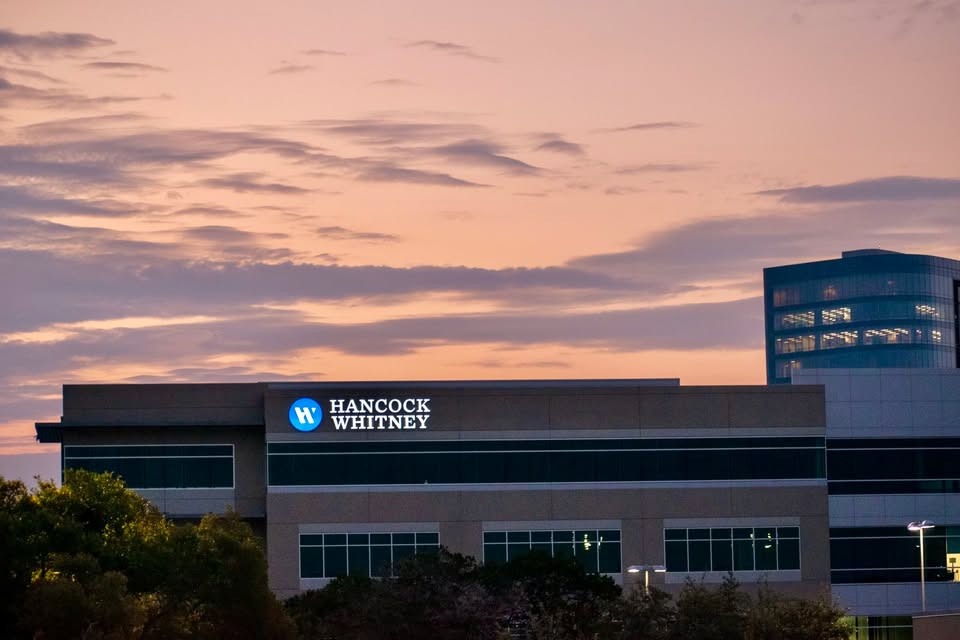
NEW ORLEANS: Hancock Whitney Corporation (HWC) announced second-quarter net income of $113.5 million, or $1.32 per diluted share, on Wednesday. This compares to $119.5 million, or $1.38 per share, in the first quarter of 2025 and $114.6 million, or $1.31 per share, in the second quarter of 2024.
The results included $5.9 million in one-time expenses related to the May 2nd acquisition of Sabal Trust Company. Excluding these items, adjusted earnings per share (EPS) were $1.37, down $0.01 from the prior quarter. There were no similar adjustments in Q1 2025 or Q2 2024.
“Adjusted ROA was 1.37%, NIM continued to expand, and our efficiency ratio improved,” said President and CEO John M. Hairston, characterizing the quarter as a “strong report.” He highlighted progress on the company’s 2025 growth plan, including welcoming Sabal Trust clients and colleagues.
Key financial metrics included:
- Loan Growth: Total loans reached $23.5 billion, up $363.6 million (6% annualized) from Q1, driven by commercial segments.
- Deposit Trends: Total deposits were $29.0 billion, down $148.1 million (2% annualized), primarily due to decreases in retail time deposits and interest-bearing public funds. Noninterest-bearing deposits and interest-bearing transactions/savings increased.
- Net Interest Margin (NIM): Increased 6 basis points to 3.49%.
- Efficiency Ratio: Improved to 54.91%.
- Credit Quality: Nonaccrual loans and criticized commercial loans decreased. The allowance for credit losses (ACL) coverage ratio was 1.45%.
- Capital: The company repurchased 750,000 shares during the quarter. The estimated Common Equity Tier 1 (CET1) ratio was 14.03%, down 45 basis points linked-quarter, reflecting capital deployment for growth and buybacks.
Net interest income (taxable equivalent) rose 2% to $279.5 million. Noninterest income increased 4% to $98.5 million, boosted by higher bank card fees and trust fees, including $3.6 million from Sabal Trust. Noninterest expense increased 5% to $216.0 million, primarily due to the Sabal Trust acquisition costs.
Management expects low-single-digit loan and deposit growth for the full year 2025 compared to December 31, 2024.